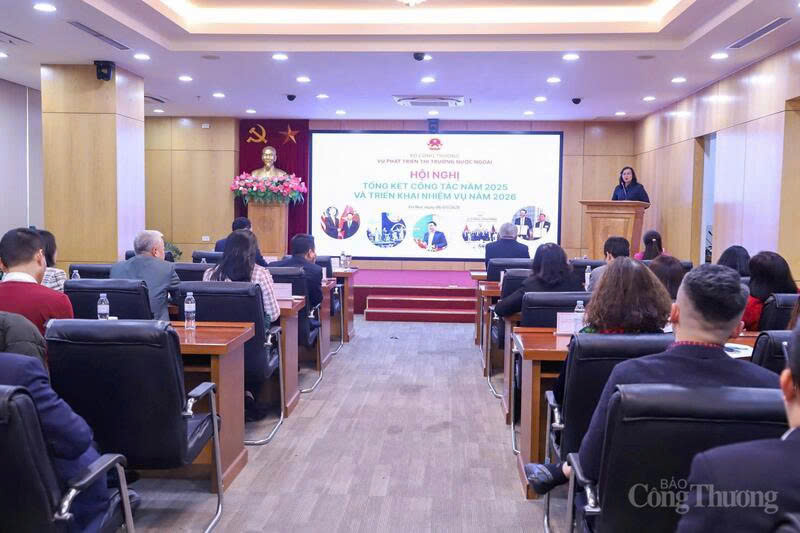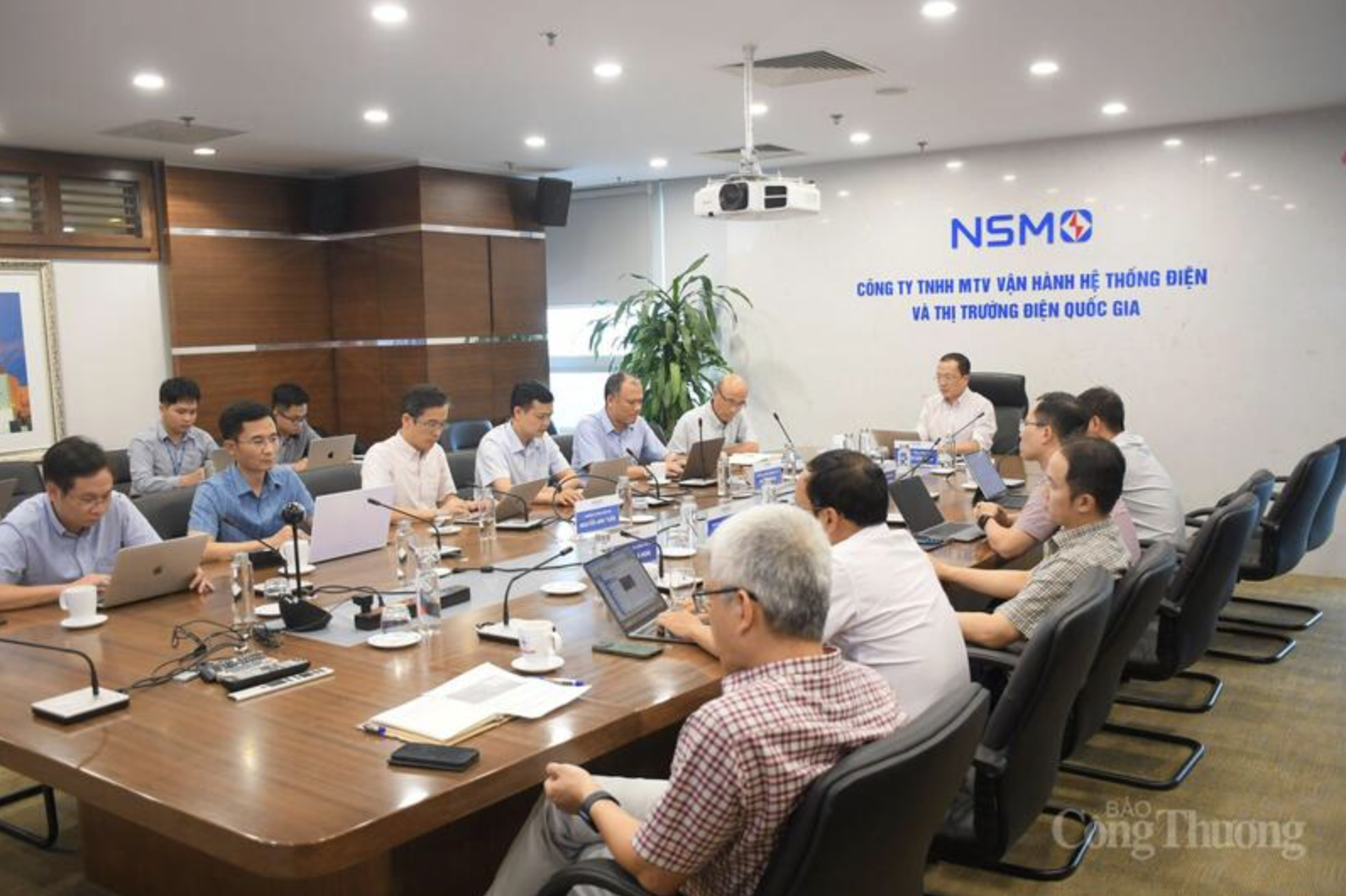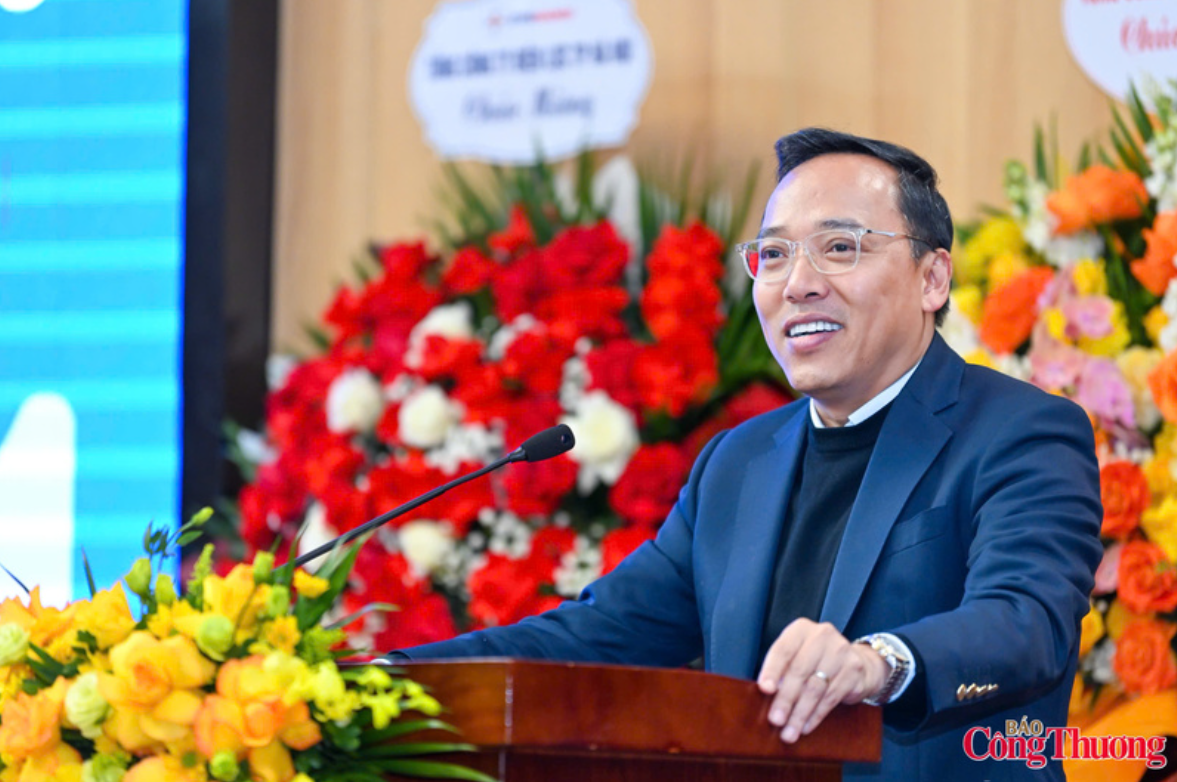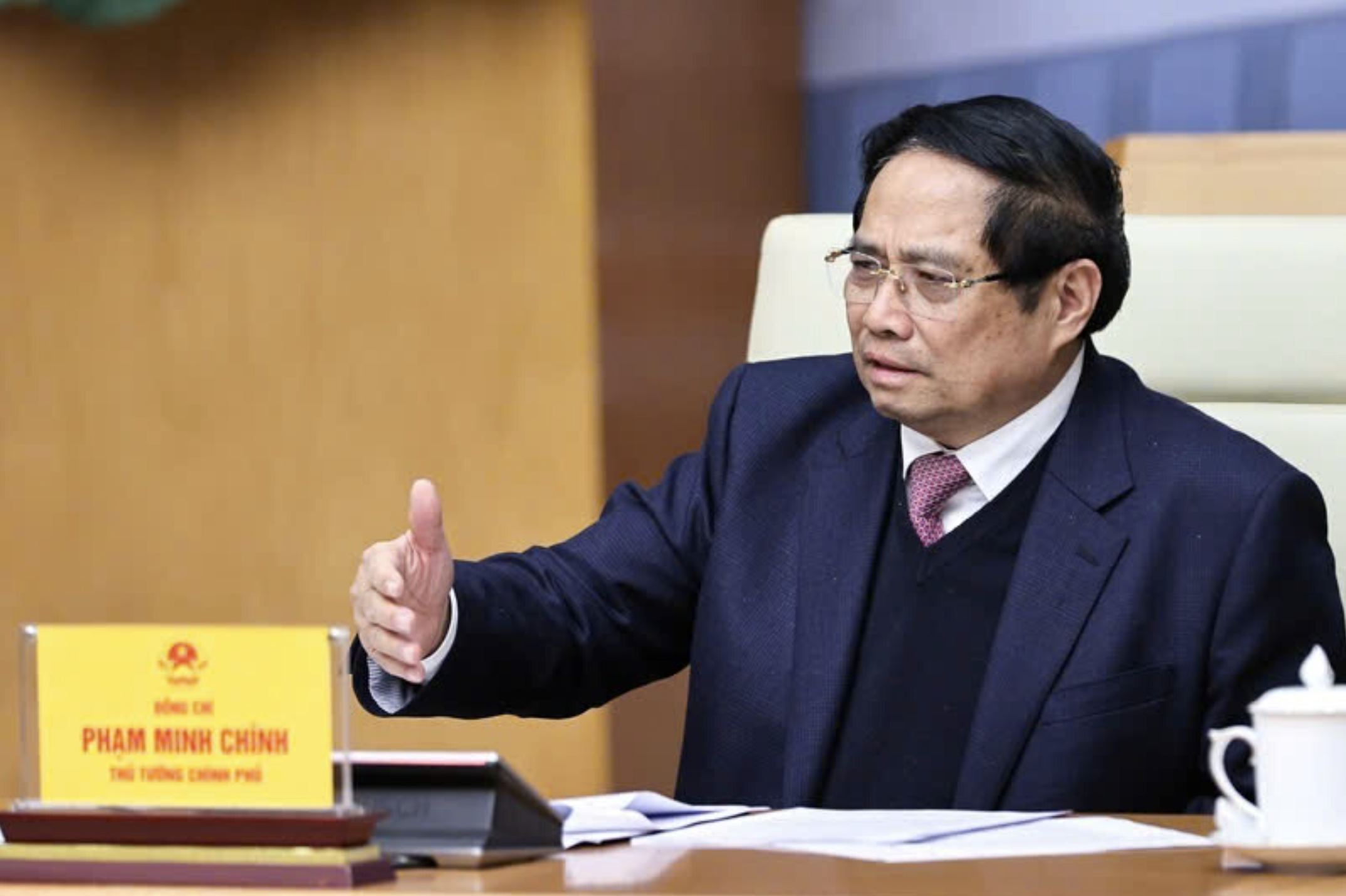
Stronger inter-agency coordination needed to drive export market growth
19:05 | 23/03/2025 15:39 | 07/01/2026News and Events
A call for responsible and inclusive energy transition
The Energy Asia 2025 Conference officially opened on June 16 in Kuala Lumpur, Malaysia, with a powerful message: Asia is not merely a participant but a key driver of the global energy transition.
 |
| Overview of the opening ceremony of the Energy Asia 2025 Conference. Photo: Le An |
In a time marked by geopolitical volatility and shifting trade policies, Energy Asia 2025 signals that Asia is not standing by—it is actively leading.
Malaysian Prime Minister Anwar Ibrahim delivered the keynote address, underscoring ASEAN’s unity and commending national energy firm Petronas for convening the forum amidst what he described as an "urgent moment" for the global energy sector.
“Asia remains the engine of growth,” Anwar stated, emphasizing the need for Southeast Asia to adopt a practical stance—one that acknowledges the continued reliance of hundreds of millions of people and thousands of industries on traditional energy sources. He urged a “just and responsible” transition, cautioning against the premature abandonment of fossil fuels without providing viable alternatives.
Anwar's address reflected a deeper philosophy—cooperation, not competition or protectionism, is the key to a sustainable energy future. He referenced the 46th ASEAN Summit held in Kuala Lumpur in May, where all ten member states endorsed the Kuala Lumpur Declaration on the ASEAN Vision 2045, charting a path toward inclusive progress, regional energy connectivity, and green transformation.
In the same week, Malaysia also hosted its first-ever trilateral summit with ASEAN, the Gulf Cooperation Council (GCC), and China, further reinforcing its role in fostering trust and regional cohesion in a multipolar world. According to Anwar, such multilateral frameworks are essential to supporting Asia’s energy ambitions.
Asia’s path forward: Balancing ambition with realism
The Prime Minister spotlighted Southeast Asia’s surging energy demand. In 2024 alone, the region accounted for 50% of global consumption and 60% of emissions. Still, he reaffirmed ASEAN’s climate commitment: Eight of ten member states have pledged net-zero emissions, and at COP28, the bloc collectively endorsed a goal to triple global renewable capacity to 11,000 GW by 2030.
 |
| Malaysian Prime Minister highly appreciates Vietnam's potential for energy transition. Photo: Le An |
Despite this ambition, the region attracted just 2% of global clean energy investment in 2023—an imbalance Anwar described as “a paradox.” He highlighted the immense untapped potential across ASEAN: Vietnam’s wind energy, Laos’ hydropower, Malaysia’s solar capacity, and Indonesia’s geothermal resources. “These are our strengths, and they must be part of the global solution,” he said.
According to Anwar, unlocking this potential hinges on two pillars: finance and infrastructure. Clear, transparent financial frameworks are essential to attracting investment. Malaysia is moving forward with mechanisms like the Corporate Green Energy Supply Program (CRESS) and green tech credit schemes to drive capital inflows.
On the infrastructure side, modernizing electricity grids is crucial. Tenaga Nasional Berhad, Malaysia’s national utility, has committed 43 billion ringgit (approximately USD 9.2 billion) to upgrading its grid, incorporating artificial intelligence and battery storage to enhance flexibility and resilience.
Realism over rhetoric: A pragmatic energy strategy
Anwar emphasized that eliminating fossil fuels overnight is unrealistic. “Phasing out fossil fuels without ensuring equitable growth is impractical,” he said. Instead, he advocated a balanced energy strategy—scaling up renewables while leveraging low-emission fossil fuel technologies such as carbon capture and storage (CCS).
Malaysia is leading in CCS deployment. In early 2025, Parliament passed the Carbon Capture, Utilization, and Storage (CCUS) Act, providing a regulatory framework for these projects. Petronas is spearheading the development of three offshore CCS hubs, aimed not only at decarbonizing the oil and gas sector but also other high-emission industries.
These efforts are not being carried out in isolation. More than ten global partners—including Japan, South Korea, France, Italy, Shell, TotalEnergies, Mitsubishi, and JX Nippon—are collaborating with Malaysia on CO₂ transportation and storage. Plans are already underway to export CO₂ from Tokyo Bay to Malaysia for sequestration.
In closing, Anwar issued a strong call for global cooperation: “We need a pragmatic and fair energy transition, grounded in the realities of each nation—not driven by external benchmarks or one-size-fits-all mandates.” His message, while addressed to ASEAN, resonates globally: a successful transition requires self-awareness, clarity of purpose, and an unwavering commitment to partnership.
Spanning three days from June 16–18, Energy Asia 2025 brings together a broad coalition of policymakers, industry leaders, and energy experts. The goal: to foster practical, collaborative, and inclusive solutions tailored to the unique circumstances of developing and emerging economies. Far more than a platform for idea exchange, Energy Asia aims to chart actionable roadmaps and forge strategic partnerships, accelerating the adoption of sustainable energy practices and equitable growth during this decisive decade of transformation. |

19:05 | 23/03/2025 15:39 | 07/01/2026News and Events

19:05 | 23/03/2025 15:38 | 07/01/2026Industry

19:05 | 23/03/2025 15:38 | 07/01/2026Industry

19:05 | 23/03/2025 15:37 | 07/01/2026Industry

19:05 | 23/03/2025 15:36 | 07/01/2026News and Events